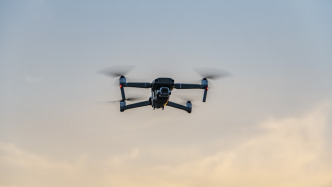In the near future, if someone is trapped under rubble by an earthquake, the first person to locate them may be a swarm of cockroaches carrying solar cell membranes and electronic devices.
According to a report by Reuters on September 22, Japan's RIKEN Research Institute recently developed a flexible solar cell film with a thickness of 4 microns, about 1/25 of the width of a hair, which can be attached to the abdomen of a cockroach without hindering its free movement.
The solar cells generate enough power to process turn signals and transmit them to the sensory organs of the cockroach's hind legs. The researchers attached a solar cell film to the cockroaches and put electronic devices on their backs to remotely control the movement of the cockroaches.
Researcher Kenjiro Fukuda and his team chose Madagascar-sounding cockroaches for their experiments because they are large, carry electronics on their backs, and have no wings that could hinder their movement. This cockroach can pass through small obstacles after "filming" and "backpack", and it can also adjust itself when it overturns.
The Madagascar vocal cockroach takes 4 months to develop into an adult and can live up to 5 years in captivity. After removing the "film" and "backpack", the cockroaches can function normally in the laboratory glass container.
The key advantage of the mechanical cockroach over the small robots used for earthquake rescue work is that it "moves by itself and consumes far less power than a robot," Fukuda said.
The next challenge is to miniaturize the electronics to make it easier for the cockroaches to move around, allowing them to carry sensors and even cameras on their backs, said researcher Jiro Kanae.




Comments